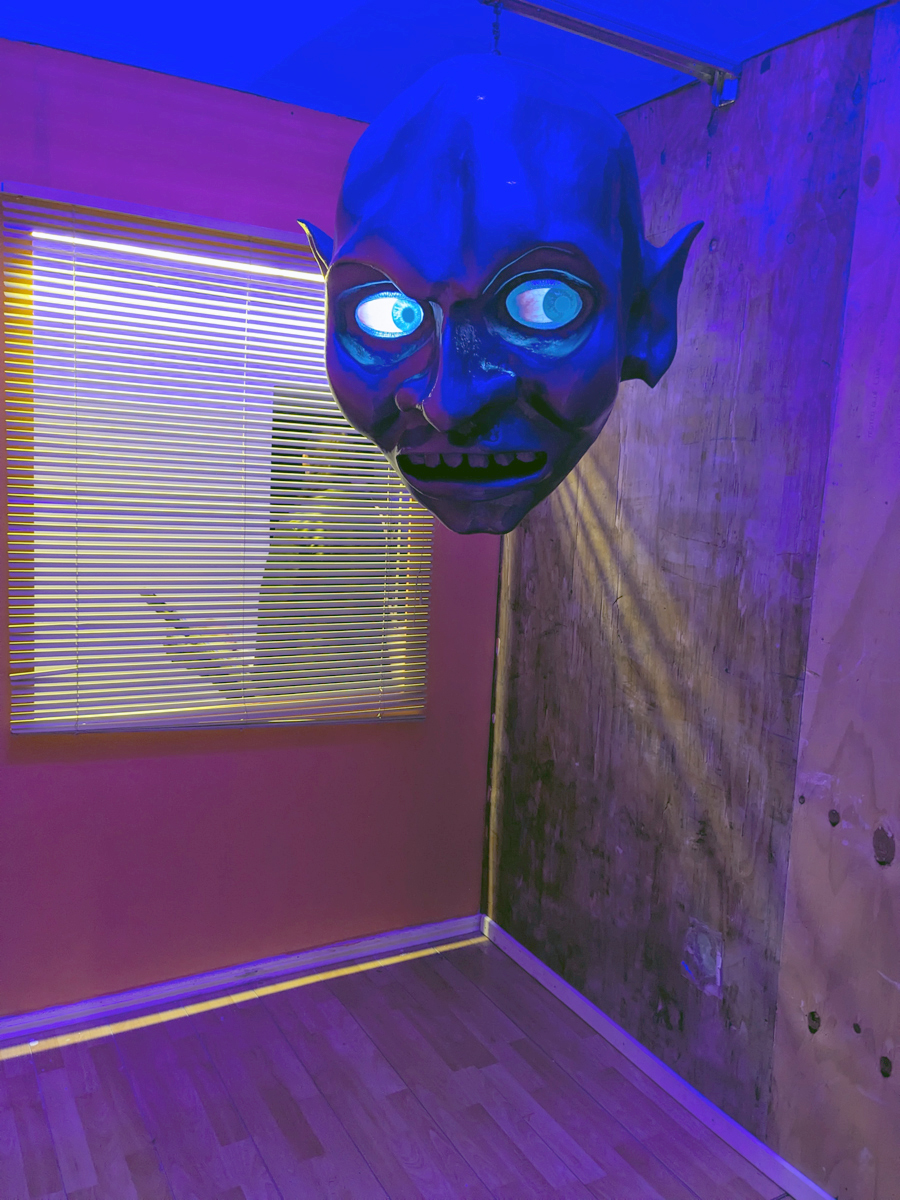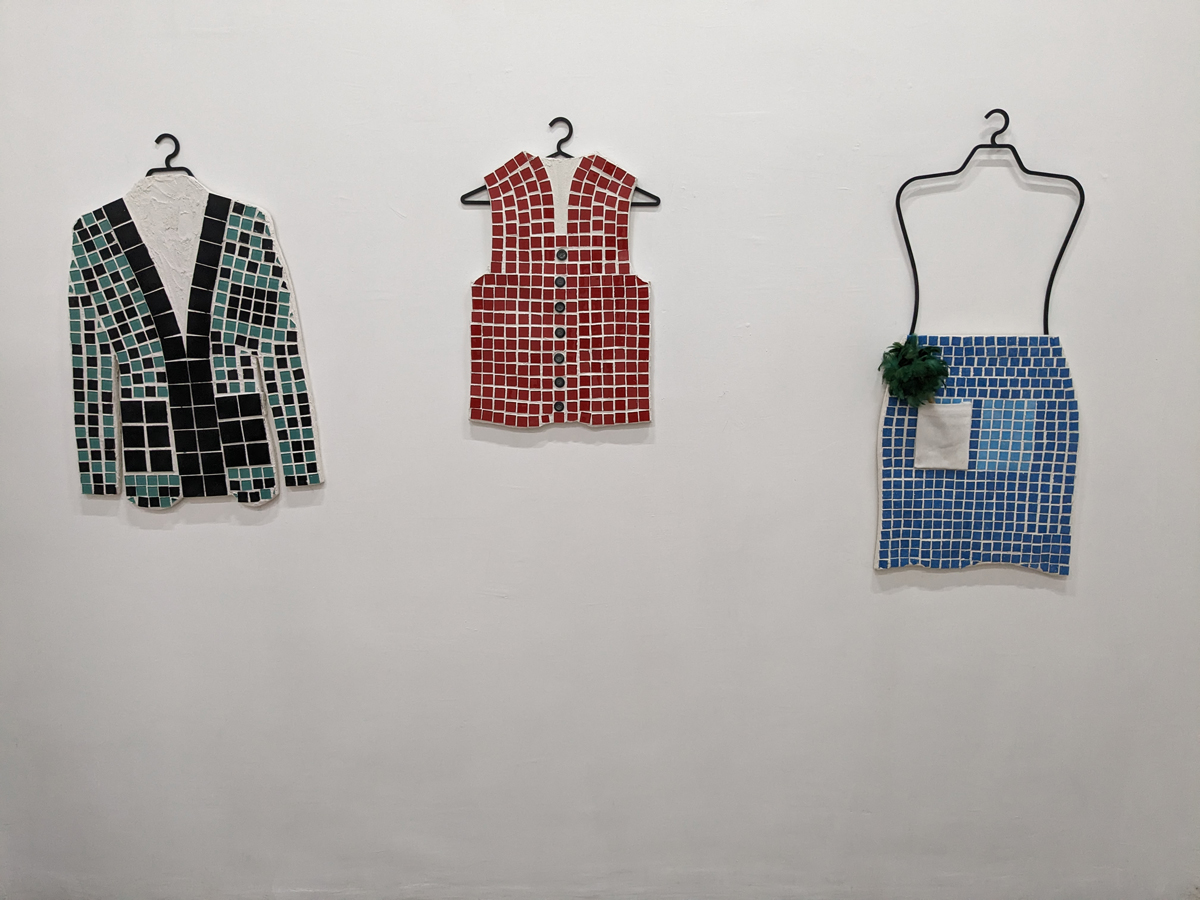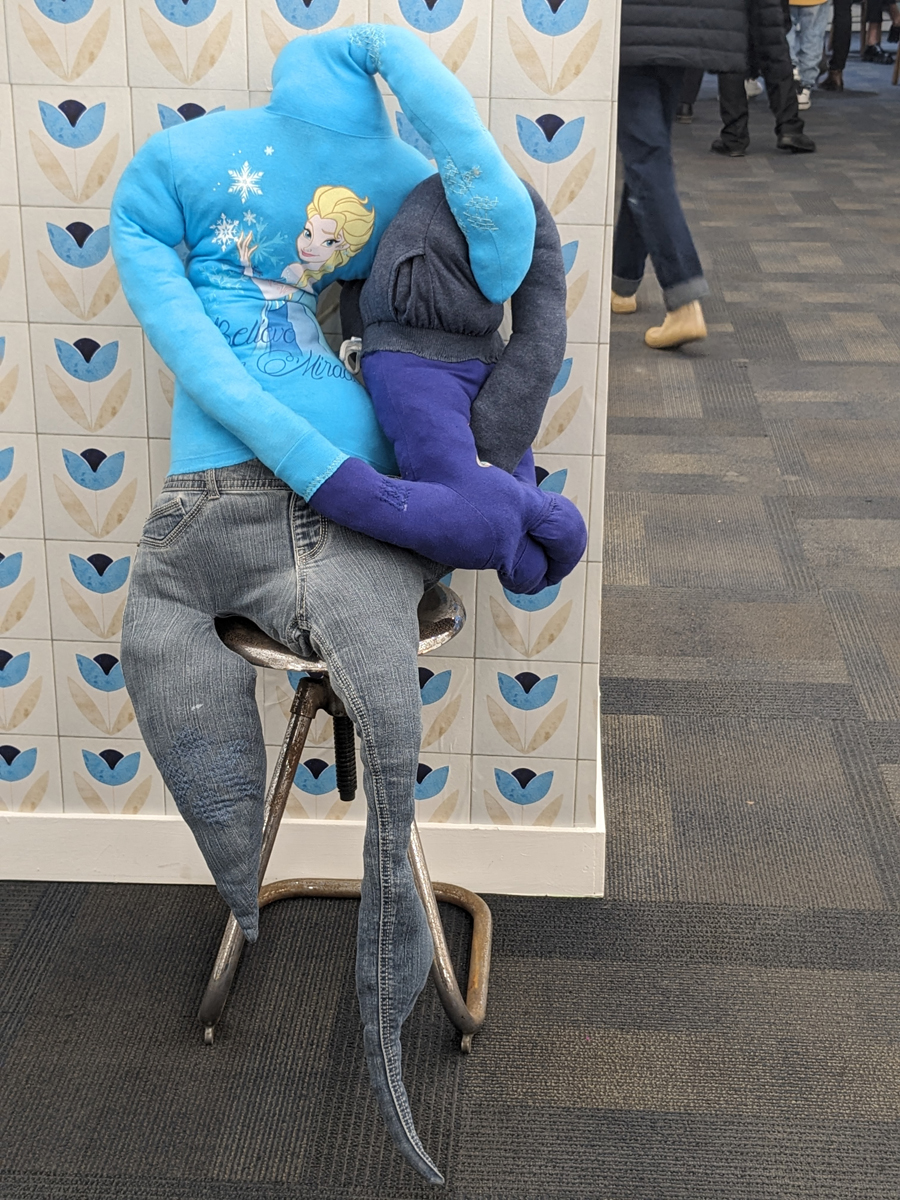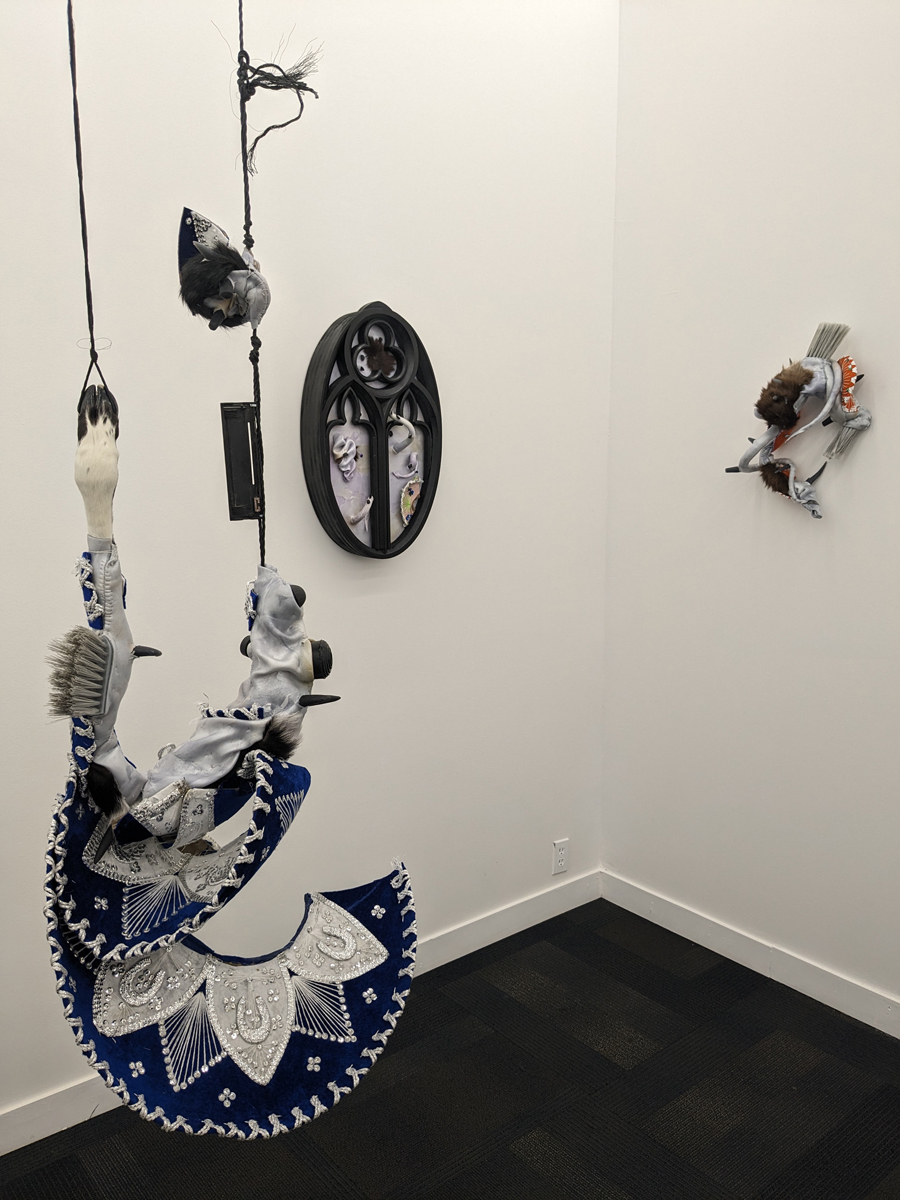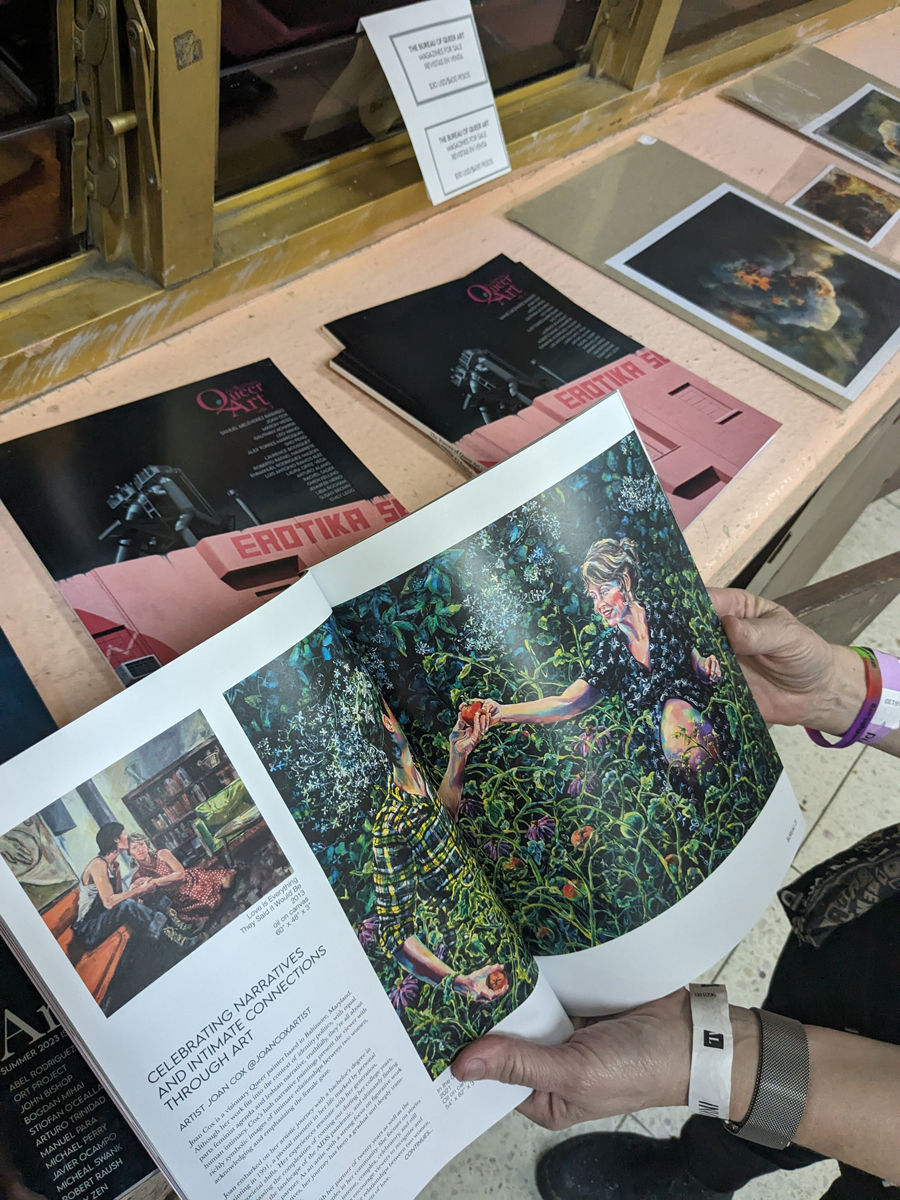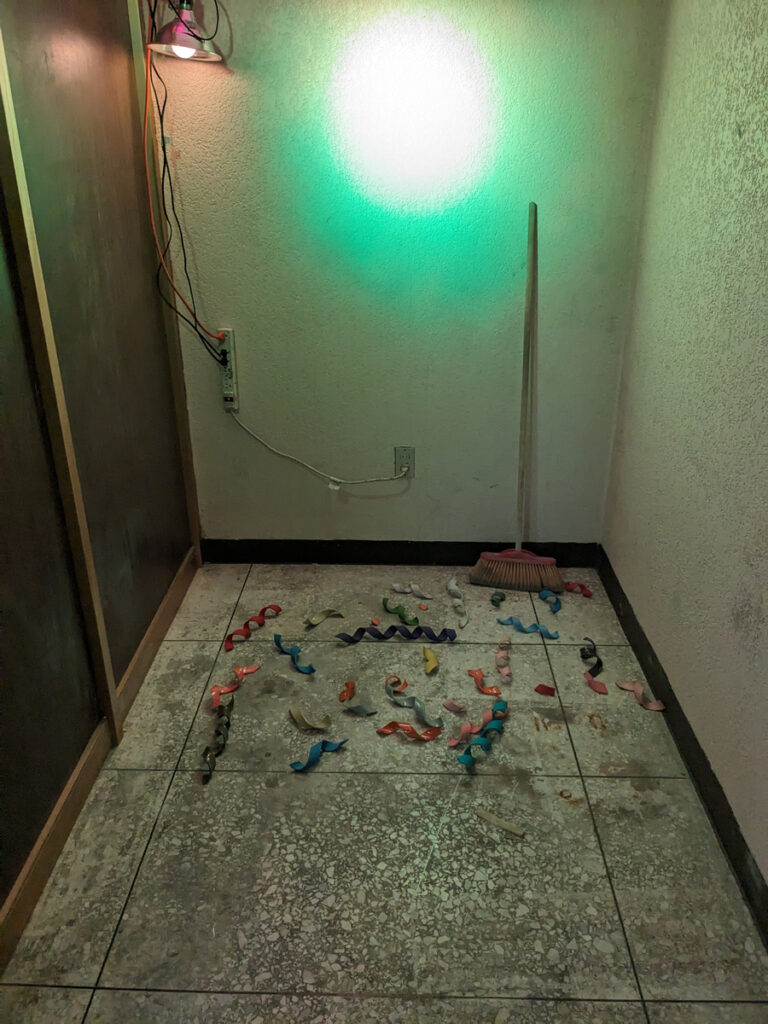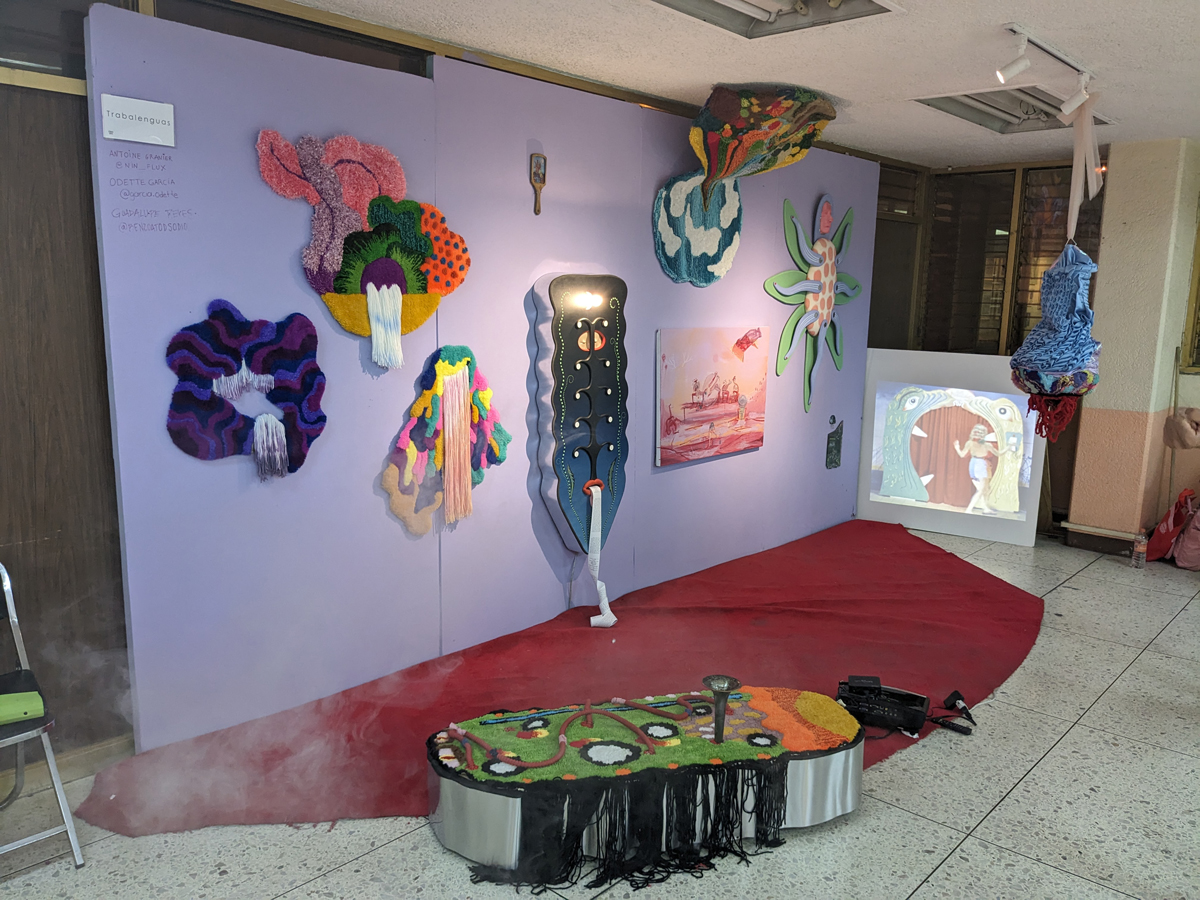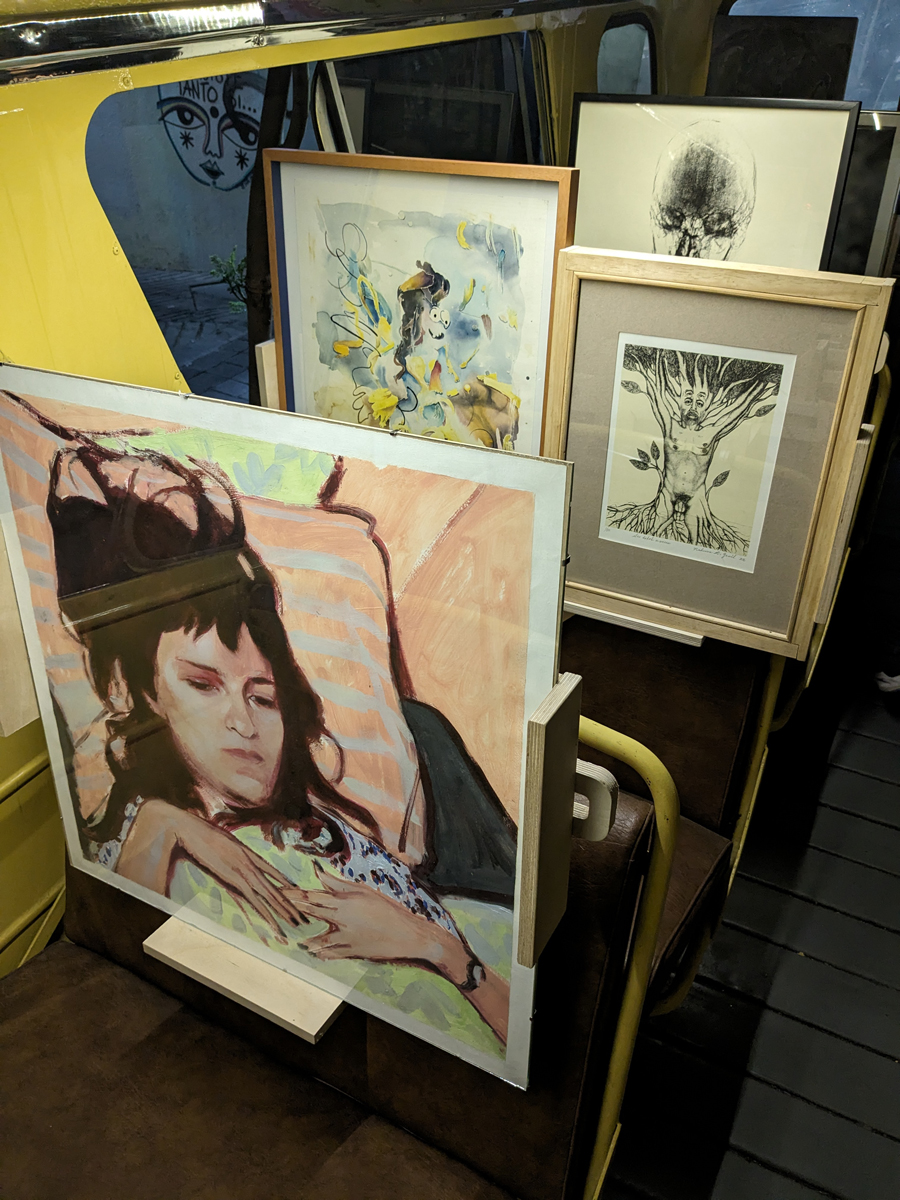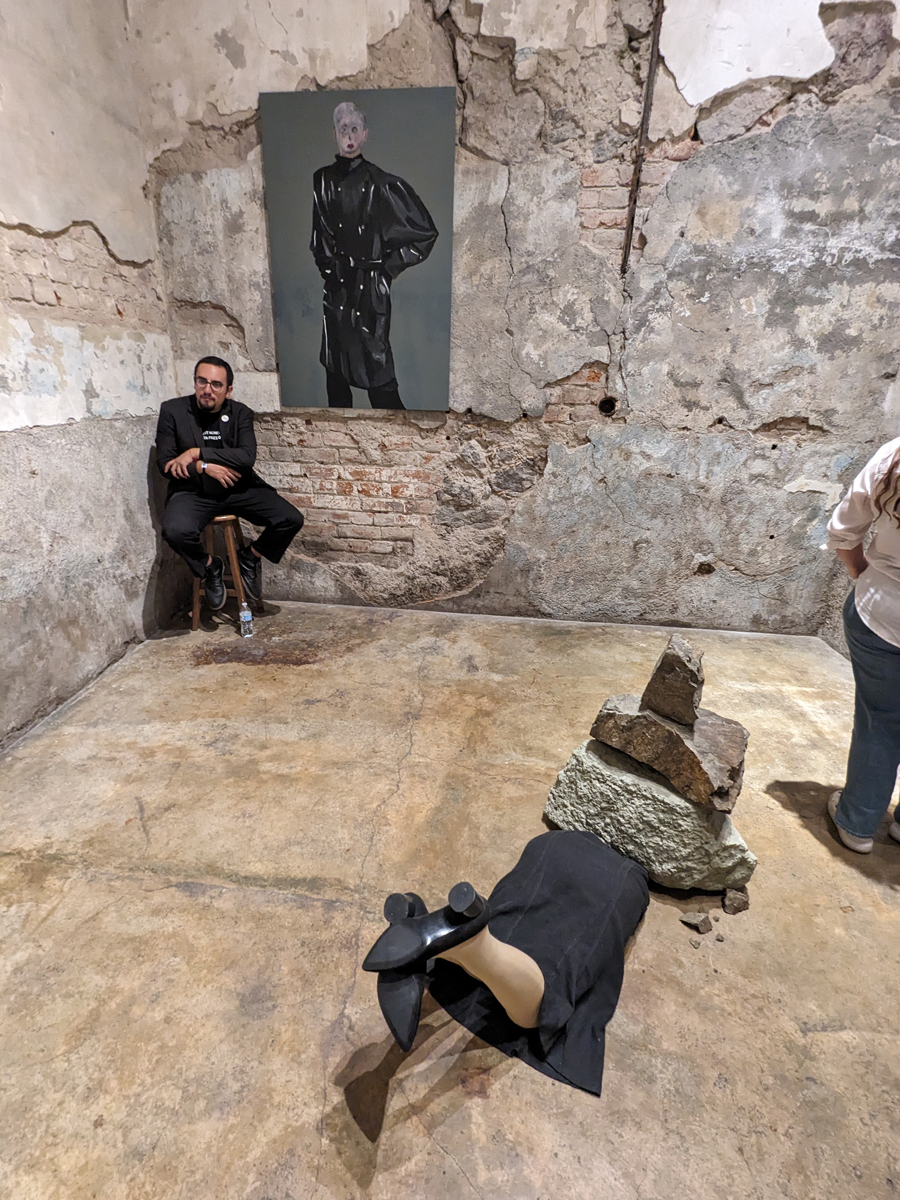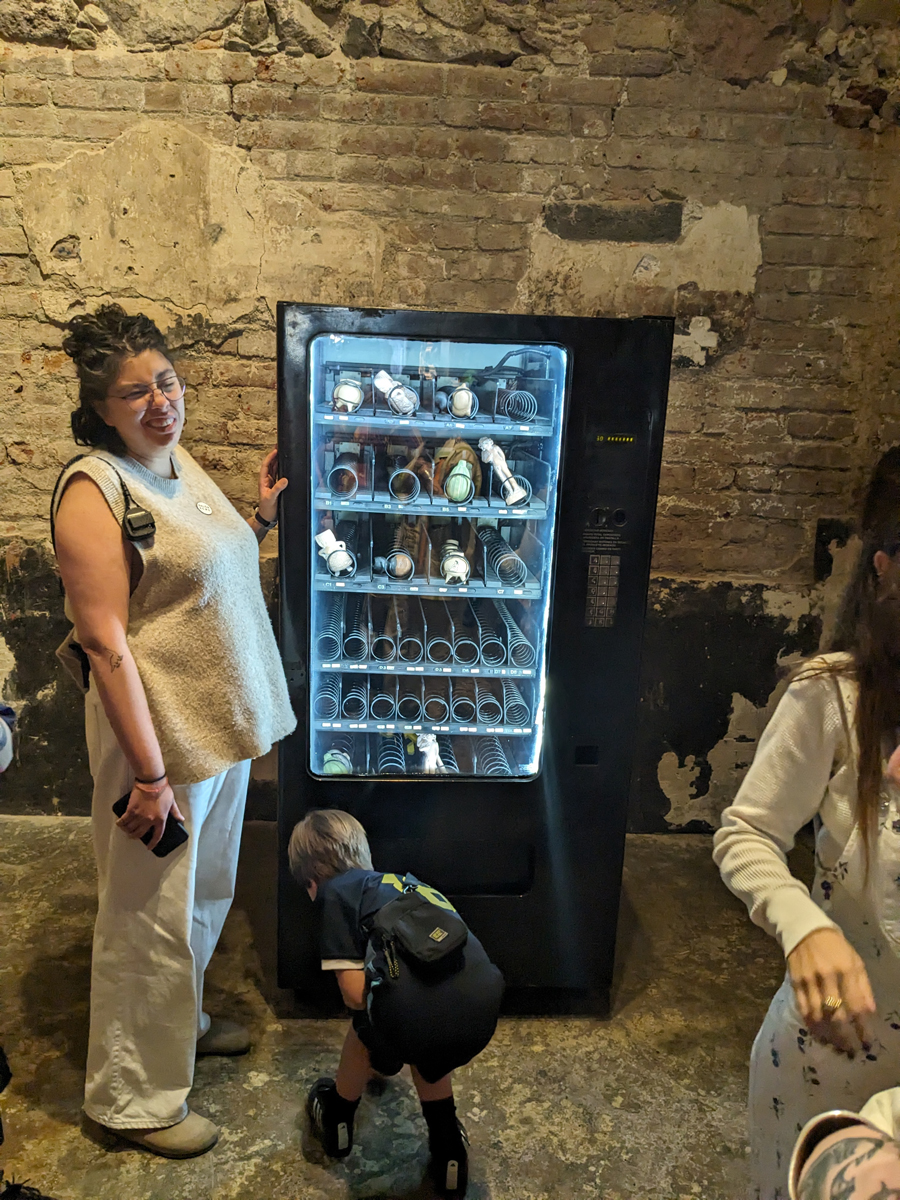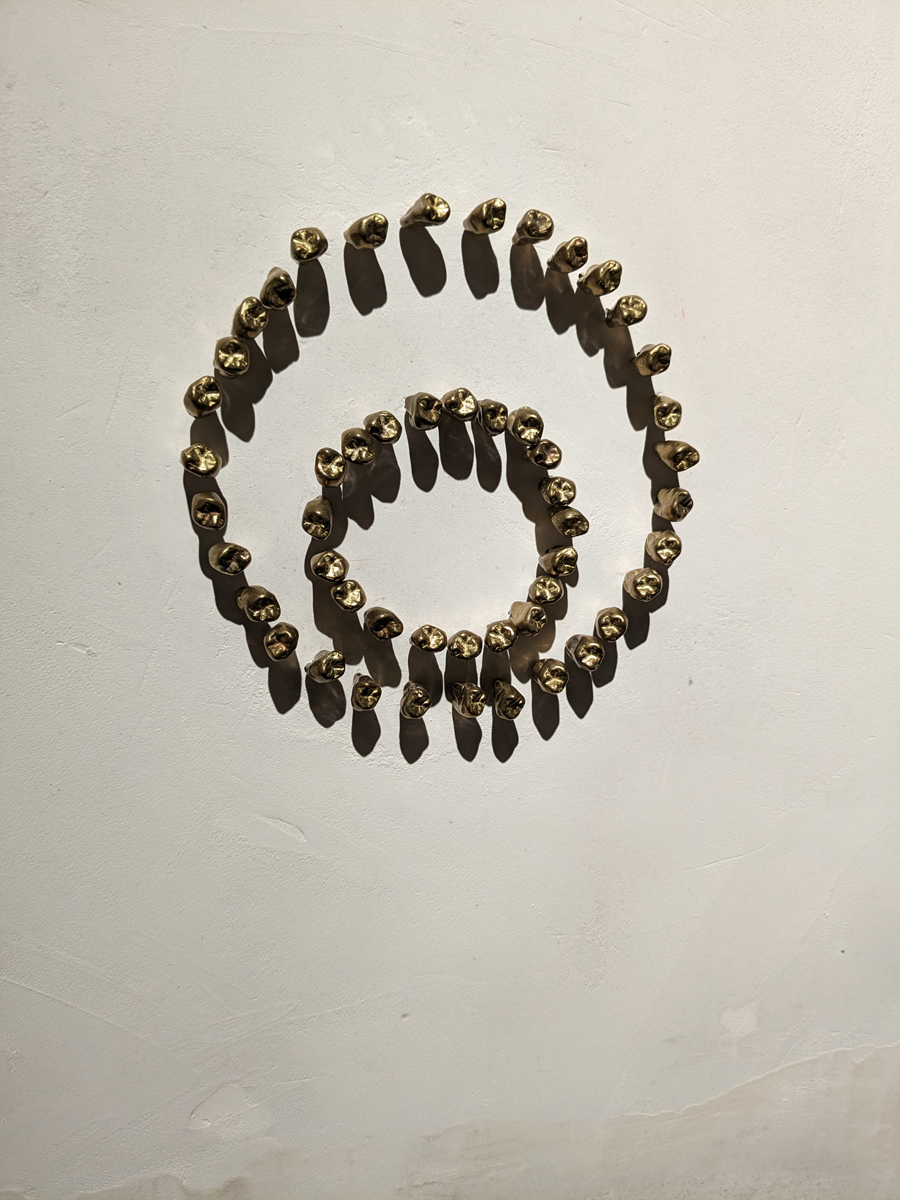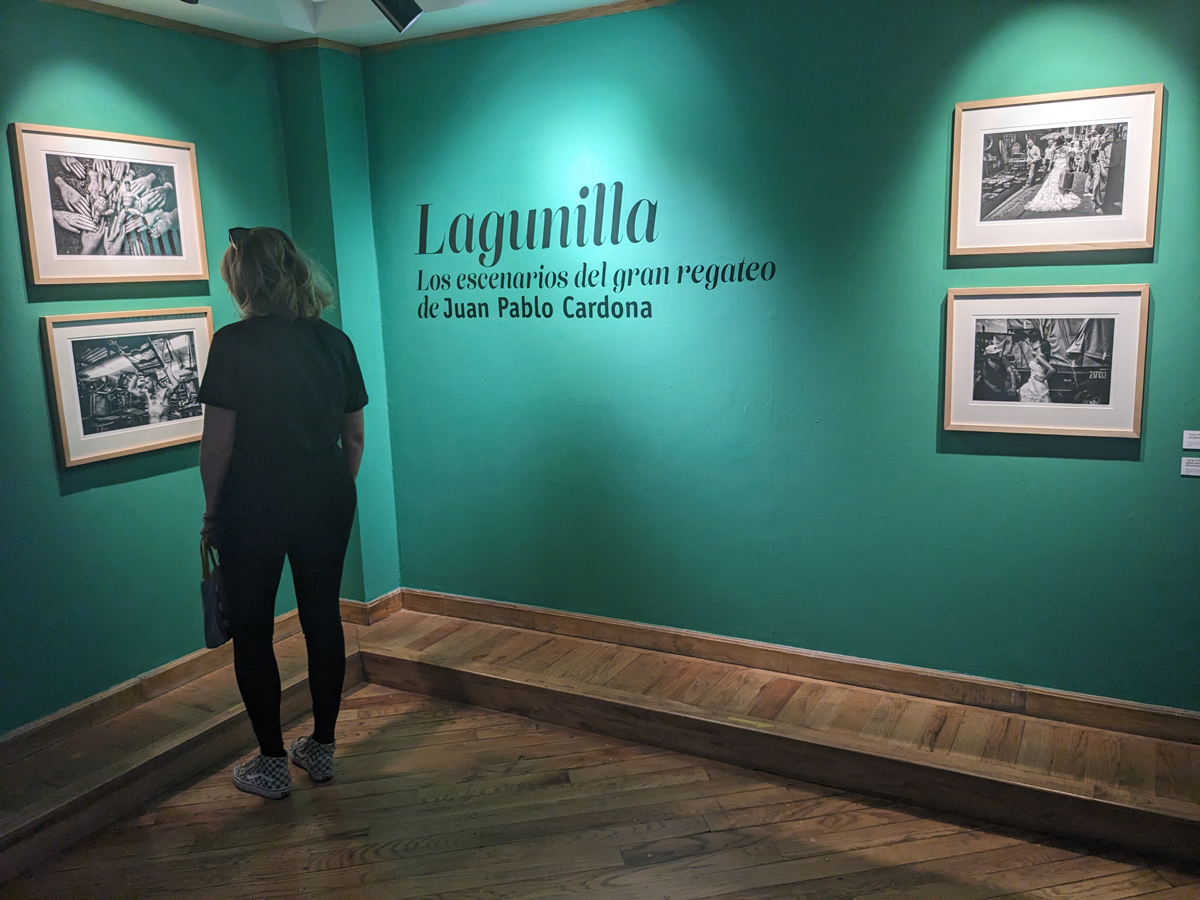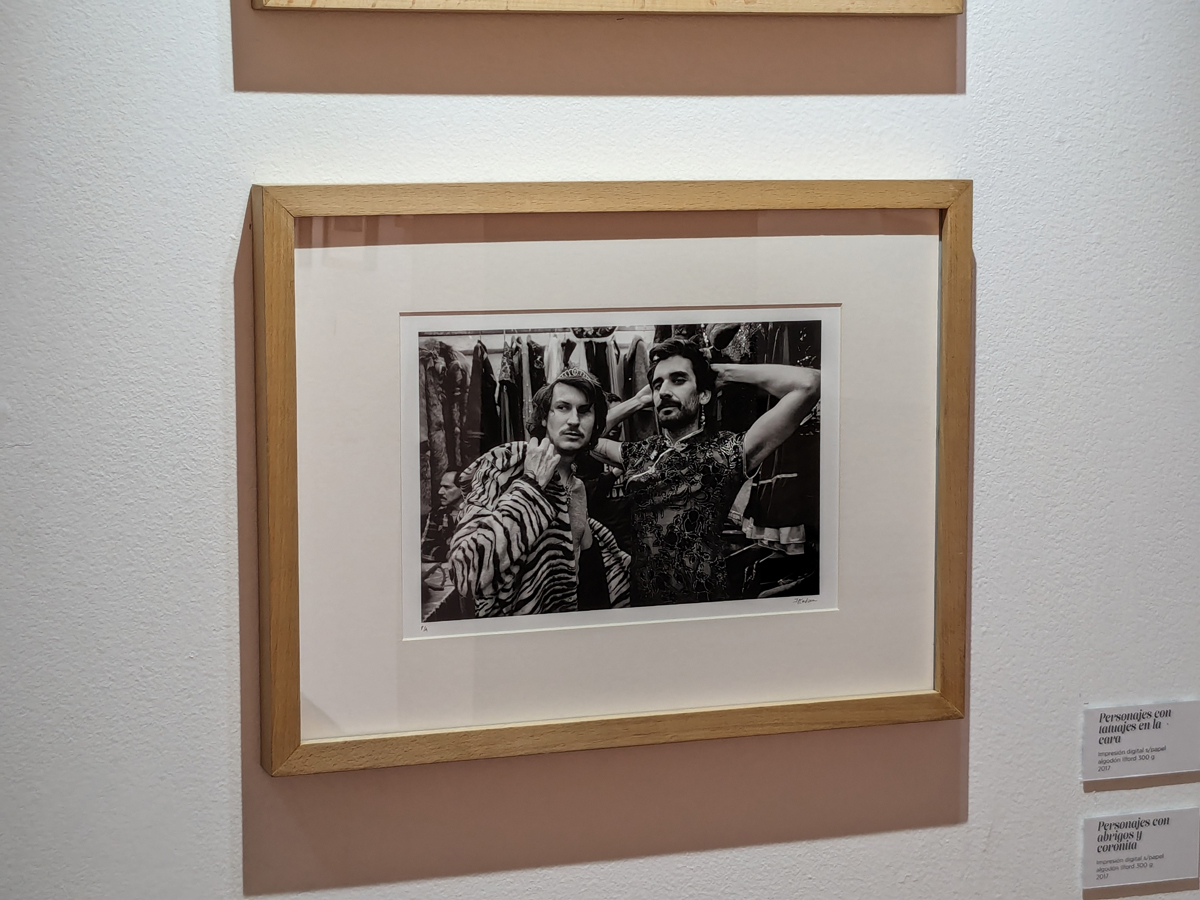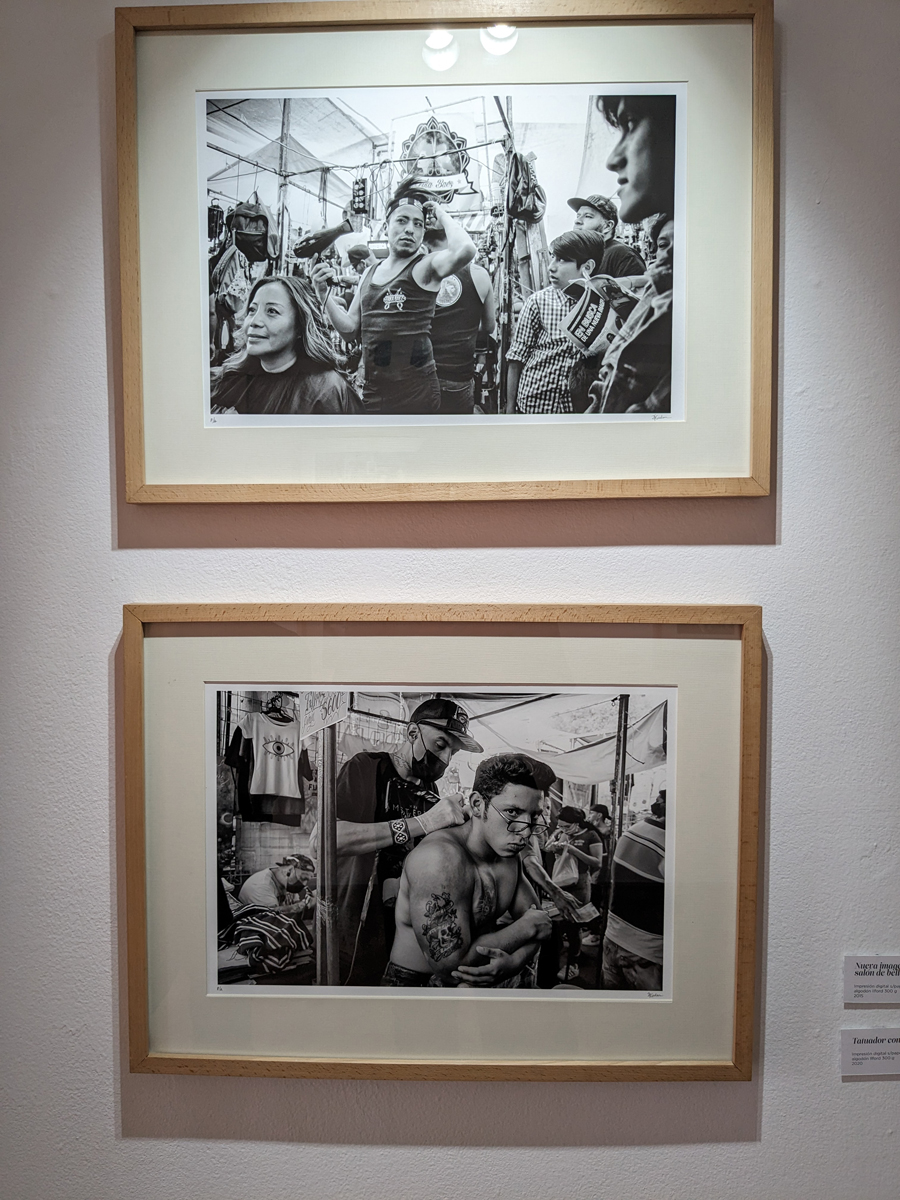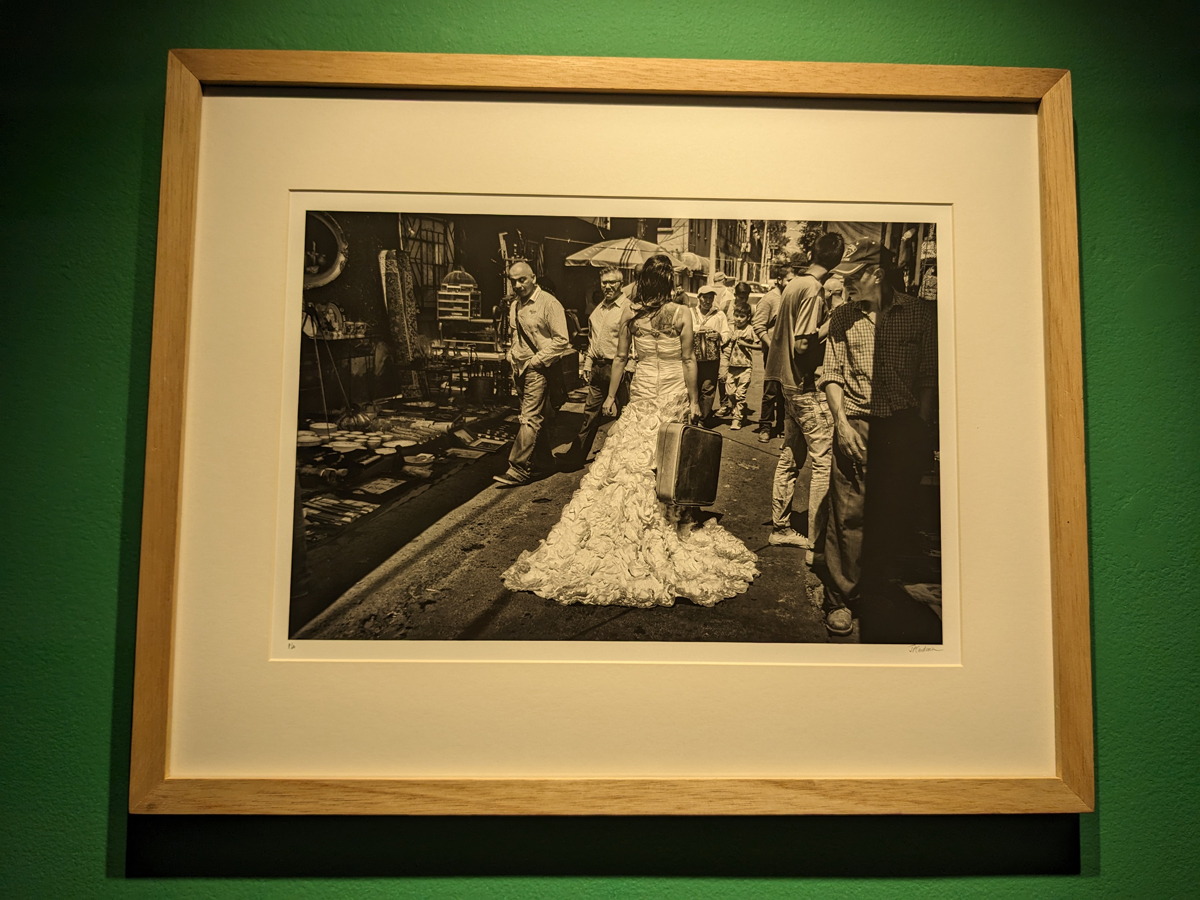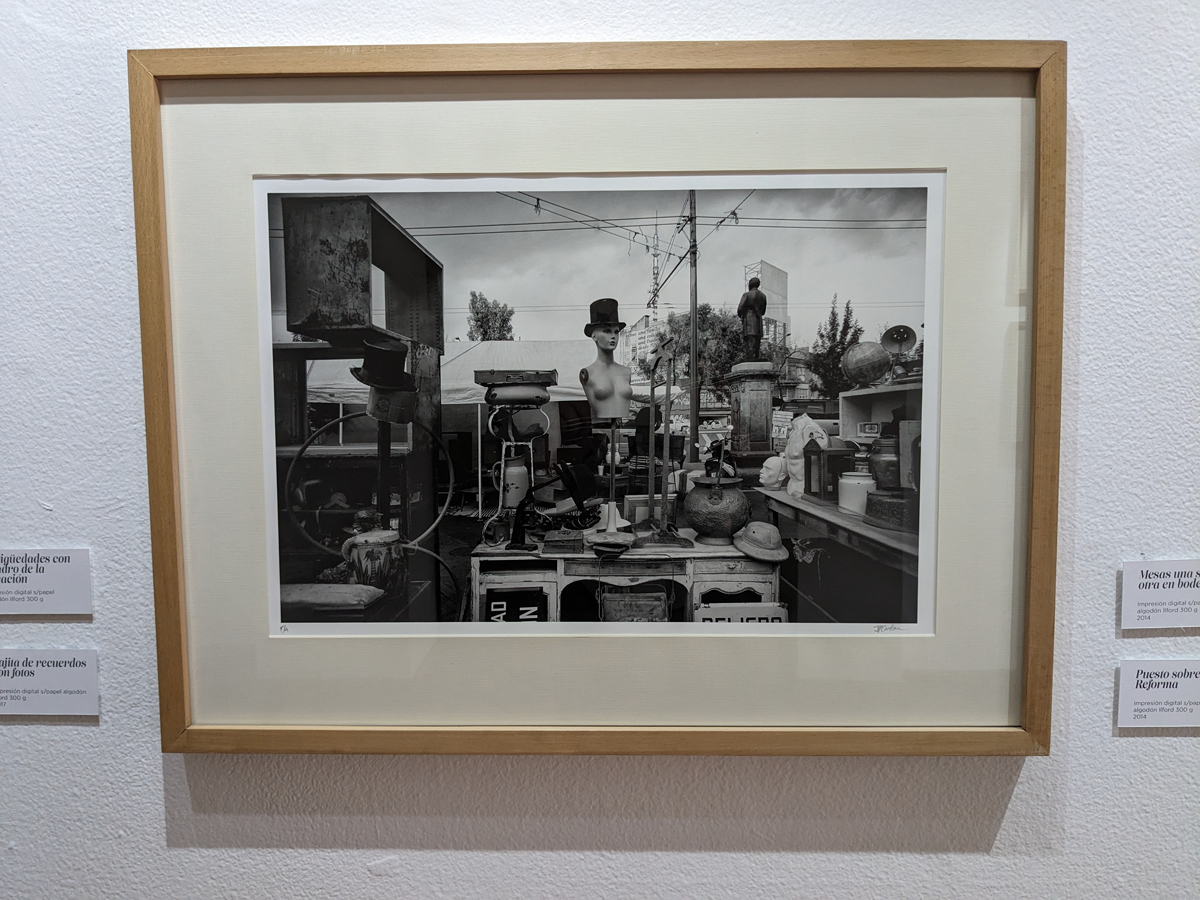Remember that short-lived (2005-2006) MTV parody children’s show Wonder Showzen? I vaguely recall a running gag on the politically-incorrect (unimaginably so by today’s standards) black comedy wherein the word “Mexico” was usually whispered in a tone that was equal parts sinister and seductive. That pretty much sums up my cognitive functions every February, when the art world descends on the Valle de México like a plague of locusts in search of tempting “authenticity” to frenetically consume until all the chinampas are stripped bare of their crops.
“Mexico” is the art world’s tempestuous darling du jour: the country, the city, the week of art fairs and related events that no longer represents just seven days but an amorphous, borderless stretch of time, FOMO-rattled mindset, and obligations. Mexico City in artspeak linguistics has sprawled like its geographical namesake.
Mexico City is Zona MACO. Mexico City is Material. Mexico City is thirty conflicting RSVPs to VIP brunches happening at galleries and private collections on opposite sides of the metropolis on the same Thursday morning. Mexico City is an acquaintance’s last-minute change of plans involving some kind of “mindfulness” performance residency in Tulum at some insufferable “eco resort” probably built on land that was either virgin jungle or an indigenous community six months prior. Mexico City is a bottomless chain of WhatsApp messages from a friend-of-a-friend I’ve never met, quitting their assistant curator job in LA and inexplicably asking me for advice about how to permanently move into the Condesa AirBnB in which they have spent a total of 72 hours during their first-ever trip to the country, from which a middle class family was likely violently evicted during COVID lockdowns. (Read Zoe Mendelson’s very on-point thoughts about that last one, among other complicated CDMX observations here.)
There is no other “must-see” event on the ever-more-esoteric Aztec calendar of art world “can’t miss” events that fills me with as much eager anticipation and simultaneous, profound dread. But the art here makes it all worth it.
For every kilometer of gridlocked freeway winding to a soulless convention center, there is an equivalent length of canvas rolled up in a painter’s studio, waiting to be unfurled for the truly curious visitor. For every hour a hapless tourist spends in a blockbuster line at the wrong Frida Kahlo museum, a thousand hours have been spent mastering a craft, from weaving to ceramics by a dedicated chilango. For every casual professional acquaintance from London who shows up three hours late to a party they insisted you must attend—because they were convinced they simply had to dine at Pujol just before rush hour by the Instagram story depicting a plate of aguachile their cousin posted during their honeymoon two years ago—there are hundreds of decidedly un-flaky artist blazing their own, wonderfully meandering trails.
So here are my Mexico City highlights—sifted from the chaff of overload, logistical/ethical headaches, disappointments, and detours.
(Cover image: Cristina Umaña Durán at Salón ACME)




